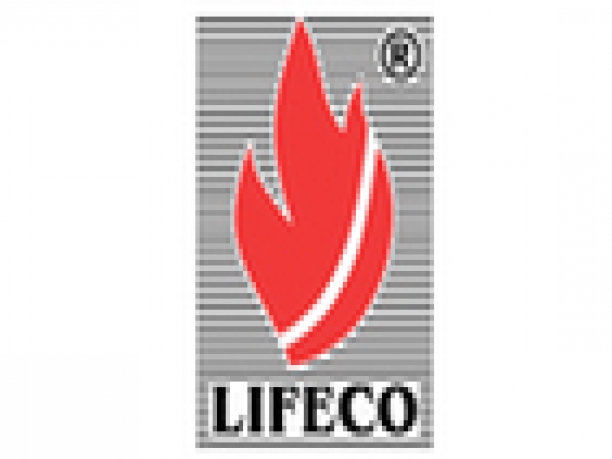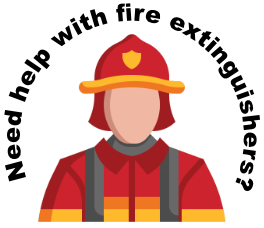FAQs Frequently Asked Questions
.
Whenever any combustible material such as wood or gas is heated to a certain extent in presence of oxygen, it catches fire. There are different ways heat could be generated for instance friction between two hard objects could generate enough heat for an inflammable substance to catch fire, concentrated sunlight could be another source of heat intense enough for any material to ignite or a match stick might as well do the trick.
In any event for any material such as wood or any combustible material to catch fire temperature of around 300 degree Fahrenheit or 148 degrees Celsius is needed. Different materials on catching fire decompose differently, however most commonly smoke, charcoal and ash are the residues of all burning processes. In case of wood the gases released during the burning process create intense heat (up to 500 degrees Fahrenheit or 260 degrees Celsius) and as a result this starts a chain chemical reaction which does not let the fire subside.
“A” Class Fire Extinguishers
These fire extinguishers are used to extinguish fires that are caused by plastics, wood, paper, and textile ingredients. The basic element used in these types of fire extinguishers is Mono Ammonium which has the ability of smothering fires caused by the materials mentioned above.
“B” Class Fire Extinguishers
These kinds of fire extinguishers are used to fight fires caused by flammable liquids such as oil, gasoline, cooking oils, paint or kerosene. B class fire extinguishers use a combination of two ingredients Mono ammonium phosphate and sodium bicarbonate that effectively tackles these kinds of fires.
“C” Class Fire Extinguishers
These kinds of fire extinguishers are used to fight fires caused by electrical fires, or live electrical equipment C class fire extinguishers use a combination of two ingredients Mono ammonium phosphate and sodium bicarbonate that effectively tackles these kinds of fires.
Halotron I has proved to be highly efficient fire fighting agent for fighting class a, b, and c, type fires. Although different sizes of portable and handheld fire fighting equipment are recommended for fending off different types of fires, still due to its successful usage against all types of fires and its non residual properties it is considered to be the preferred “clean” fire extinguishing agent for most real life situations. Especially in cases where valuable assets need to be protected against the residual impacts of fire fighting agent.
Research shows that most of the people using fire fighting equipment especially the fire extinguishers have little or limited knowledge of their usage, Halotron I has shown to be relatively easy to use by users having limited experience. Secondly the Halotron I is safe and environmentally friendly halocarbon clean agent, succeeding its predecessor halon 1211 in 1992.
Another great characteristic of Halotron I is that it can cover distances of 6 to 45 feet as it is dispensed in the form of highly evaporative liquid with a high level of boiling point, making it the preferred choice over other fire fighting agents. This is due to the fact of the enhanced effectiveness of the agent in terms of its boiling point and extended distance coverage giving an edge even to non experts.
The reason why Halotron I is considered to be a clean agent is because it is non corrosive, unlike other traditional agents such as potassium bicarbonate or monoammoniun phosphate that leave considerable residue after use and a corrosive in nature. The clean agent Halotron I due to its environment friendly characteristics is considered to be the preferred choice throughout the U.S. when it comes to fire fighting chemical agents.











